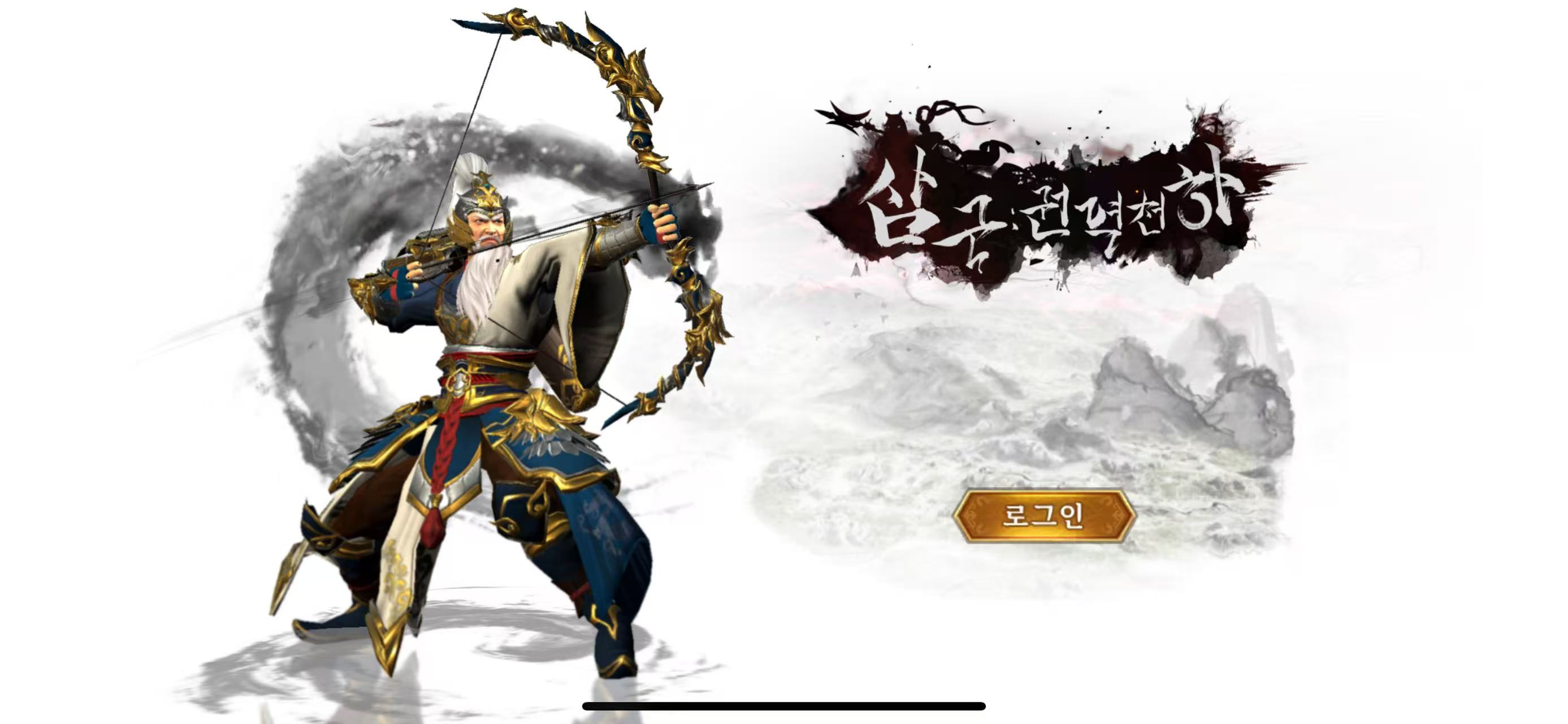Why Tower Defense Games Fuel Creative Thinking
It’s easy to overlook how much strategy and imagination go into building a flawless defense. But the best **creative games** of 2024 aren’t just about placing towers and watching waves die. They demand foresight, adaptability, and sometimes, pure improvisation. Take **tower defense games**, for instance—they’re evolving from repetitive click-fests into full-on mental gymnasiums. Designing unique paths. Repurposing enemy mechanics. Even manipulating terrain mid-game—these aren’t features of puzzle sims. They’re now standard in advanced tower defenses. That shift is what makes them powerful tools for creativity. Unlike passive genres, these games challenge players to anticipate patterns, test alternate routes, and *fail*—then re-engineer on the fly. A 2023 study from Pontifical Catholic University of Chile actually found that gamers who regularly played dynamic strategy games showed 23% higher scores in flexible thinking assessments. Not all strategy games do this, though. The magic? Emergent gameplay—the kind where the rules don’t spell out one path to victory. That's exactly where modern TD shines.Games That Redefine the Genre in 2024
- Gridbound: Legacy Re:Code – Merges isometric combat with real-time world editing. You’re not just placing turrets—you’re warping the battlefield layout every few levels.
- Siege Architect VR – Uses motion controls to sculpt barricades mid-wave. One Chilean player built a rotating maze that looped enemies for over 10 extra seconds. Judges at LudiFest '24 called it “architecture as improvisational theater."
- Circuit Breakers: Neon Nexus – Electricity flows through player-laid tracks. Miswire them? Your lasers go dark. Connect them just right? You create cascading energy storms across sectors.
| Game Title | Creative Feature | Best For |
|---|---|---|
| Gridbound | Destructible terrain & rebuild | Lateral thinkers |
| Siege Architect VR | Haptic tower sculpting | Spatial creatives |
| Circuit Breakers | Logic-path energy flow | Analytical builders |
Creativity Beyond Combat: Surprising Links
Now, this is the odd twist—you’ll notice makeup asmr games are included in this discussion. At surface level? They’ve got *nothing* to do with defending castles from alien invasions. Or do they? Both rely on *ritual*. In **tower defense games**, it’s the rhythm of build, adjust, survive. In ASMR beauty simulators, it’s the repetitive precision of layering foundation or applying winged liner. But deeper down, both are acts of **micro-engineering**. Placement. Timing. Subtle tweaks with big consequences. Chilean game designer Carla Mendez—behind the indie hit “Barricada" (released exclusively in LatAm last spring)—once said in an interview: “My favorite ASMR eyeliner stream taught me pacing. I transferred that patience into boss wave intervals. Same breath control, different canvas." This kind of cross-genre influence matters. It means creativity isn’t just boosted by *what* you play, but how it reshapes your **mental models**. Think about movie deltas—take delta force 2 for instance. A gritty action flick, yes. But its tactical formations, terrain advantages, flanking shots? Players in Valparaíso actually reenact those scenes as mods in “Gridbound" for fun—and higher efficiency.Key Points to Remember
- The most creative **tower defense games** force nonlinear problem solving, not just pattern recognition. - Spatial planning in games like Siege Architect VR strengthens neuroplasticity linked to inventive thinking. - Unlikely connections matter: makeup asmr games train focus and micro-motor rhythms useful in defense balancing. - Chilean indie scenes are embracing hybrid genres—strategy games with artistic flair are rising fast. - Old action films like movie delta force 2 subtly inform military-themed TD mods and user-made levels.



